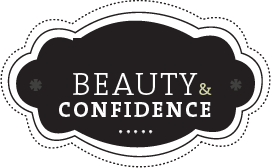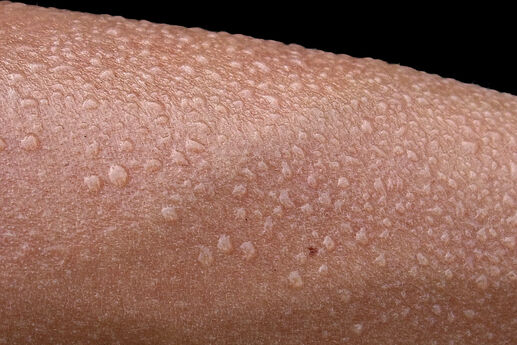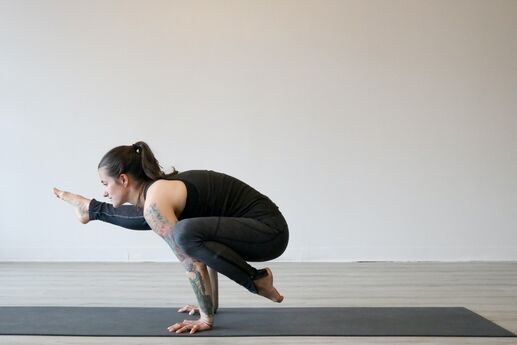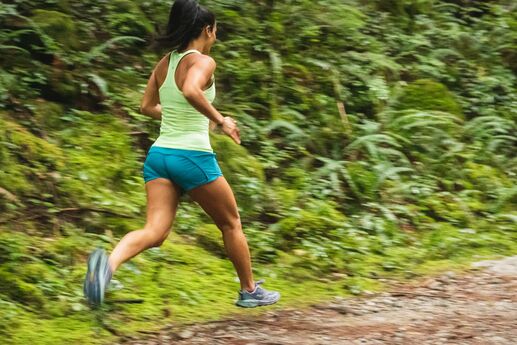6 Surprising Truths about Sweat
You’re at the gym, grinding away on the elliptical and breaking a wicked sweat. If you’re wondering why you’re so sweaty, it’s time for a primer on this basic bodily function. Here are six need-to-know facts about sweat:
1. The more intense your workout, the more you sweat.
Physical exertion requires our cells to make energy. Tapping into that energy creates heat, which our body needs to release in order to cool down. “Our body wants to keep us at an even temperature,” says Greg Cloutier, project manager for the Human Performance and Exercise Science Laboratory at Northeastern University’s Bouvé College of Health Sciences. “The blood gets pushed through capillaries in the skin, and it gets cooled by the evaporating sweat on our skin, much like a car radiator. The more we work, the more heat we create.”
2. People who are fit sweat less.
As you become increasingly fit, your body becomes more efficient, so you don’t generate as much heat to make energy, Cloutier says. If you’re in shape, you won’t perspire as much because you have less insulation creating heat. In other words: The more you work out, the fewer tissues you’ll need to wipe your brow.
3. That sweat needs to be replenished.
Perspiring means your body is releasing water, which needs to be replenished by drinking more liquids. If you exercise strenuously for 90 minutes or more, you’ll also need more electrolytes, which help regulate the balance of fluids in your body. Try consuming a sports beverage that contains sodium, potassium and chloride -- but go for a low-cal version if you’re working out for less than two hours (to avoid any unnecessary calories!).
4. Everyone has two types of sweat glands.
When your body temperature rises during a workout, your autonomic nervous system stimulates what are known as the eccrine glands to sweat in order to cool down. That perspiration is made up mostly of water and salt, as well as small amounts of other electrolytes.
Apocrine glands, on the other hand, are usually triggered by emotions like nervousness or stress. They’re located where you have hair follicles, such as the scalp, armpits and groin, says Dr. Pamela Jakubowicz, a dermatologist at Montefiore Medical Center and assistant clinical professor of medicine at Albert Einstein College of Medicine. These glands secrete a fatty sweat under stress, and “when sweat from these glands is released, bacteria breaks it down,” Jakubowicz says, which can cause body odor.
5. Sweat too much? It might be a medical problem.
People who sweat too much may have hyperhidrosis, which may result from a health condition, such as an overactive thyroid gland, low blood glucose or menopause. If you feel like your sweat is out of control, talk to your doctor, who can offer a prescription-strength antiperspirant.
6. Mopping up your sweat prevents breakouts.
While there’s no medical reason to wipe up your sweat, doing so certainly helps prevent the machines at your gym from getting doused. “You may also want to do that so you prevent breakouts, which are caused when dead skin gets stuck and attracts bacteria” to your face and other areas of your body, Jakubowicz says. So always bring a few tissues with you during your workout.
Like this article? Get more by following us @FaceEveryDay or friending us on Facebook at Beauty & Confidence.
Photo: Corbis Images






